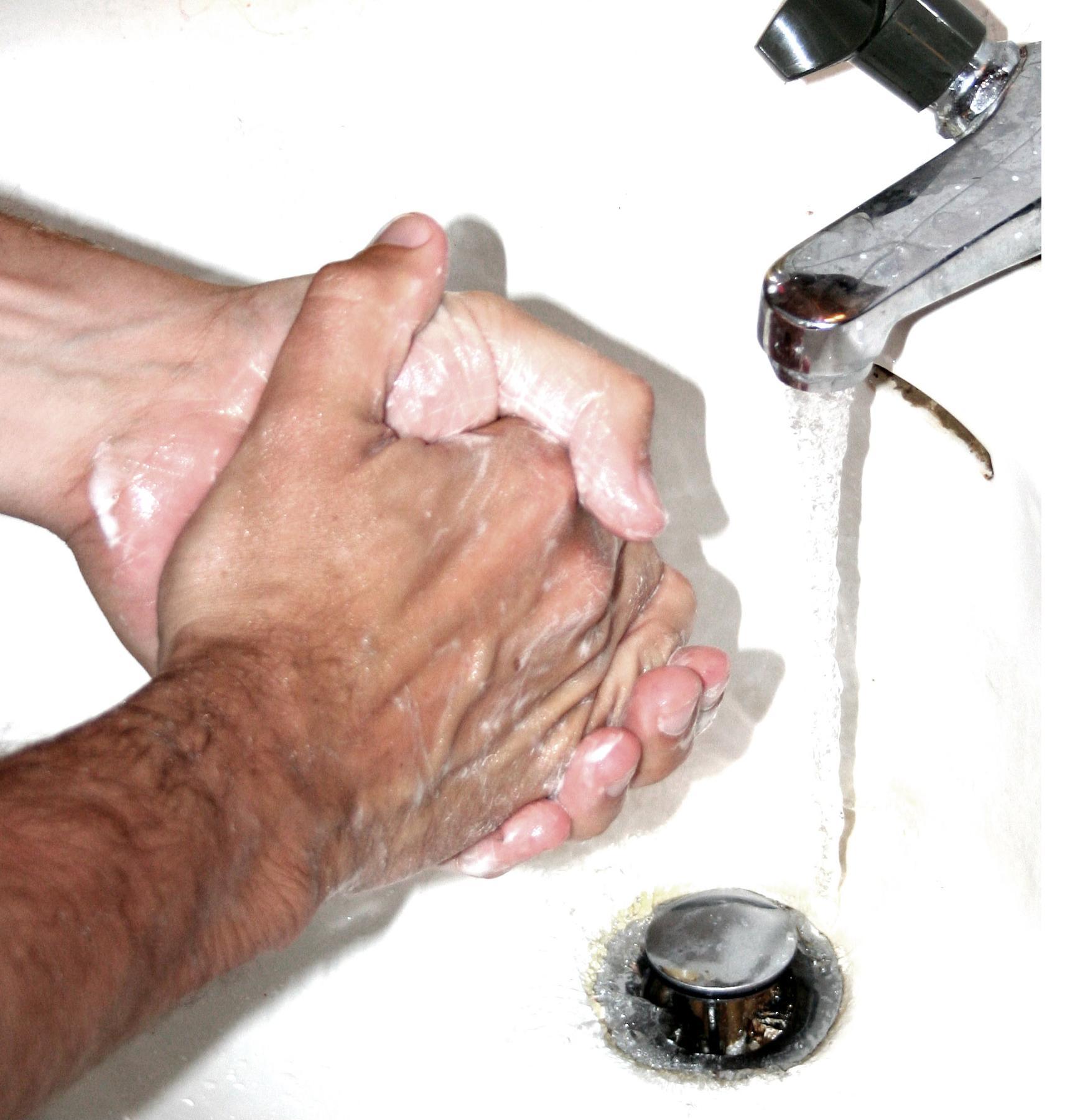|
Linens
Linens, also referred to uncountably as linen, are fabric household goods intended for daily use, such as bedding, tablecloths, and towels. "Linens" may also refer to church linens, meaning the altar cloths used in church. History The earliest known household linens were made from thin yarn spun from flax fibres to make linen cloth. Ancient Egypt, Babylon, and Phoenicia all cultivated flax crops. The earliest surviving fragments of linen cloth have been found in Egyptian tombs and date to 4000 BCE. Flax fibres have been found in cloth fragments in Europe that date to the Neolithic prehistoric age. Cotton is another popular fibre for making cloth used for household linens. Its use in cloth-making also dates back to prehistoric times, in Indian subcontinent, China, Peru and Egypt. The Indian subcontinent was especially well known for high quality cotton cloth as early as 1500 BCE. Linen was an especially popular cloth during the Middle Ages in Europe, when cotton was an exotic ... [...More Info...] [...Related Items...] OR: [Wikipedia] [Google] [Baidu] |
Hygiene
Hygiene is a set of practices performed to preserve health. According to the World Health Organization (WHO), "Hygiene refers to conditions and practices that help to maintain health and prevent the spread of diseases." Personal hygiene refers to maintaining the body's cleanliness. Hygiene activities can be grouped into the following: home and everyday hygiene, personal hygiene, medical hygiene, sleep hygiene, and Food safety, food hygiene. Home and every day hygiene includes hand washing, respiratory hygiene, food hygiene at home, hygiene in the kitchen, hygiene in the bathroom, laundry hygiene, and medical hygiene at home. And also environmental hygiene in the society to prevent all kinds of bacterias from penetrating into our homes. Many people equate hygiene with "cleanliness", but hygiene is a broad term. It includes such personal habit choices as how frequently to take a shower or bath, wash hands, trim Nail (anatomy), fingernails, and wash clothes. It also includes atte ... [...More Info...] [...Related Items...] OR: [Wikipedia] [Google] [Baidu] |
Linen
Linen () is a textile made from the fibers of the flax plant. Linen is very strong and absorbent, and it dries faster than cotton. Because of these properties, linen is comfortable to wear in hot weather and is valued for use in garments. Linen textiles can be made from flax plant fiber, yarn, as well as woven and knitted. Linen also has other distinctive characteristics, such as its tendency to wrinkle. It takes significantly longer to harvest than a material like cotton, although both are natural fibers. It is also more difficult to weave than cotton. Linen textiles appear to be some of the oldest in the world; their history goes back many thousands of years. Dyed flax fibers found in a cave in the Caucasus (present-day Georgia (country), Georgia) suggest the use of woven linen fabrics from wild flax may date back over 30,000 years. Linen was used in ancient civilizations including Mesopotamia and ancient Egypt, and linen is mentioned in the Bible. In the 18th century and be ... [...More Info...] [...Related Items...] OR: [Wikipedia] [Google] [Baidu] |
Altar Cloth
An altar cloth is used in the Christian liturgy to cover the altar. It serves as a sign of reverence as well as a decoration and a protection of the altar and the sacred vessels. In the orthodox churches it is covered by the antimension, which also contains the relics of saints. Since the 2nd century the altar cloth has been seen as a symbol for the shroud of Jesus Christ; therefore it should be made of white linen. Another interpretation used two cloths and compared them with the body and soul of Christ. Christian altar cloths Western Churches Special cloths (not necessarily made of linen) cover the altar in many Christian churches during services and celebrations, and are often left on the altar when it is not in use. In the early 20th century the Catholic Church considered only linen or hemp to be acceptable as material for altar cloths, although in earlier centuries silk or cloth of gold or silver were used. The Anglican Communion had similar rules in that period. At ... [...More Info...] [...Related Items...] OR: [Wikipedia] [Google] [Baidu] |
Hope Chest
A hope chest, also called dowry chest, cedar chest, trousseau chest, or glory box, is a piece of furniture once commonly used by unmarried young women to collect items, such as clothing and household linen, in anticipation of married life. The term 'hope chest' or 'cedar chest' is used in the United States; in the United Kingdom, the term is 'bottom drawer'; while both terms and 'glory box' are used by women in Australia. "By the turn of the [20th] century the trousseau and the glory-box had become accepted institutions for the readers of the weekly and monthly women's magazines." Today, some furniture makers refer to hope chests as chests made to hold family heirlooms or general storage items. By contrast, a "bridal chest" was given to a bride at her wedding by her husband, and so is not a "hope chest" in this regard. Function A ''trousseau'' was a common coming-of-age rite until approximately the 1950s; it was typically a step on the road to marriage between courting a ma ... [...More Info...] [...Related Items...] OR: [Wikipedia] [Google] [Baidu] |



